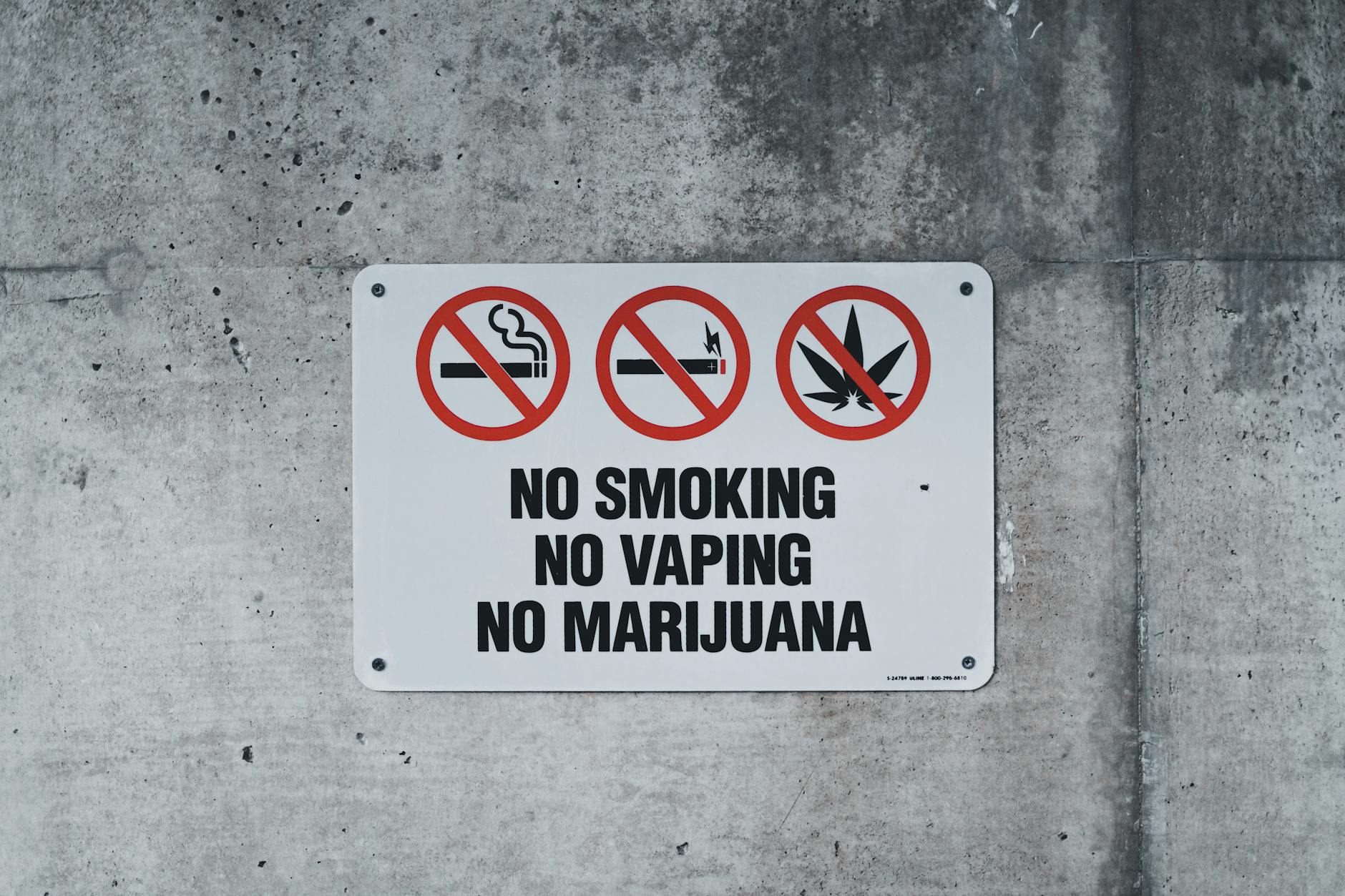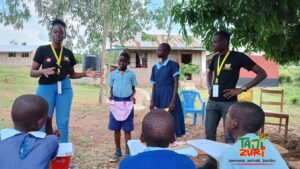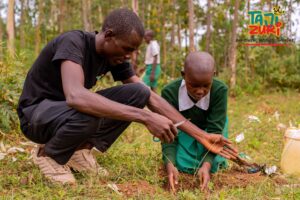Introduction
Across Homabay County, families are increasingly facing a hidden crisis: the growing use of substances like chang’aa, busaa, bhang, and miraa. While often seen as personal issues, these habits have far-reaching consequences especially for children. When parents or caregivers struggle with addiction, the home environment becomes unstable. Children may suffer neglect, emotional distress, or even be forced into adult roles at a young age. These challenges make it harder for them to stay in school, focus on studies, or receive the care they need to thrive.
According to the Homabay County Children’s Department, over 2,700 cases of child neglect were reported in 2021 alone, many tied to parental substance use. In fishing communities like Mbita and Suba, where alcohol and drug use among working adults is common, some children have dropped out of school entirely due to lack of support or being left to raise younger siblings.
Understanding Family Dynamics
Family dynamics refer to how members of a household interact, how decisions are made, how responsibilities are shared, and how love, discipline, and support are expressed.
In healthy homes, children grow up feeling safe, supported, and encouraged. This foundation helps them succeed in school and later in life. However, when substance use enters the picture, this balance is often destroyed.
Parents or guardians who abuse drugs or alcohol may become emotionally distant, financially irresponsible, or physically absent. Arguments increase, routines disappear, and children feel unsafe or neglected. In places like Rangwe and Kendu Bay, social workers report more children being raised by elderly grandparents after their parents became addicted.
A 2022 Star newspaper article highlighted one case in Ndhiwa, where a 14-year-old girl dropped out of school to take care of her younger siblings after both parents became dependent on chang’aa. Teachers and community leaders say this is not an isolated case. These disruptions at home directly impact a child’s ability to attend school, complete homework, or concentrate in class. Many students from substance-affected homes show behavioral issues not because they lack potential, but because they’re dealing with emotional stress and a lack of support.
Effects of Substance Use on Family Structure
Substance use doesn’t just harm the user it tears apart the fabric of family life, especially in areas already affected by poverty and limited access to services.
1. Parental Neglect: Children often go without basic needs like food, clean clothes, or school supplies when parents prioritize drugs or alcohol. In Mbita, primary school teachers reported pupils coming to school dirty or without lunch, as their caregiver’s spent money meant for essentials on chang’aa.
2. Domestic Violence: Alcohol and drug use are frequently linked to violent behavior at home. A 2021 Citizen TV report found a rise in gender-based violence in parts of Homabay connected to alcohol abuse, leaving children exposed to trauma and fear.
3. Financial Strain: Addiction drains household income. One example comes from Rangwe, where a Form 2 student named Achieng nearly dropped out after her father used her school fees to fund his daily consumption of busaa. Her mother couldn’t afford to replace the money.
4. Emotional Trauma: Living in a home affected by substance use leaves deep psychological scars. Children may become anxious, withdrawn, aggressive, or depressed. Teachers in Ndhiwa and Kasipul have observed these behaviors during classroom assessments.
These problems don’t stay at home they spill into schools, contributing to poor academic performance, frequent absences, and early dropouts.
Impact on Children’s Education
1. Poor Concentration and Academic Performance
A study conducted in Homabay Sub-County showed that pupils from homes affected by drug and alcohol abuse often struggle with concentration and discipline, leading to poor academic results.
2. High Absenteeism and Dropout Rates
Neglect and lack of supervision increase the likelihood of truancy and school dropout. Many students leave school early to work or look after younger siblings.
3. Risk of Peer Pressure and Substance Use
Children raised in environments where substance use is normalized are more likely to consume drugs themselves, continuing the cycle of addiction and educational disruption. Without stable family structures, many learners in Homabay are falling behind in school and missing opportunities to build a better future.
Role of Schools and Teachers
Teachers are often the first to notice when a child is struggling due to issues at home.
Signs Teachers May Observe:
- Sudden changes in behavior, hygiene, or emotional state.
- Declining academic performance or frequent absenteeism.
- Signs of withdrawal, anxiety, or aggression.
How Schools Can Respond:
- Set up basic guidance and counseling programs to support affected learners.
- Engage parents through meetings and refer families to health centers or NGO support programs.
- Organize awareness sessions on drug abuse and its effects on families and education.
In 2023, teachers in Ndhiwa Sub-County raised concerns about increasing behavioral issues linked to parental alcoholism and domestic violence. Some children came to school hungry or emotionally distressed, affecting their learning.
Schools in Mbita and Rangwe, in partnership with NGOs like SAPCONE and World Vision Kenya, have introduced life skills and drug education programs to help students understand the risks and consequences of substance use.
Community and NGO Intervention
NGOs and community-based organizations (CBOs) play a crucial role in helping families cope with the effects of substance use particularly when it comes to protecting children’s education.
What NGOs Can Do:
- Run parenting and conflict resolution workshops to strengthen families.
- Offer referrals for rehabilitation and mental health support.
- Conduct school outreach programs focused on drug awareness and emotional support.
Local Initiatives and Examples:
- In Rachuonyo and Ndhiwa, the African Population and Health Research Center (APHRC) has partnered with health units to hold family forums on parenting, alcohol use, and teen education retention.
- Ray of Hope Kenya, based in Migori, has extended recovery and parenting support to border communities in Homabay.
- A 2022 Standard news story covered a child in Mbita who dropped out of school after both parents became addicted to chang’aa. A local CBO helped the grandmother secure bursary support and counseling, allowing the child to return to school.
When families receive support, children are more likely to stay in school, feel emotionally secure, and perform better academically.
Call to Action: Protecting Children’s Futures
To address the growing impact of substance use on children’s education, we urge the following actions:
For Schools and Community Leaders:
- Identify and support learners affected by substance use at home.
- Partner with local NGOs and health officers to provide counseling, school support, and home visits.
- Integrate drug and family life education into school curricula under life skills or CRE.
For County Leaders and Policymakers:
- Fund accessible family counseling services, especially in rural areas like Kendu Bay, Suba, and Kasipul.
- Expand school-based drug awareness and mental health programs.
- Support initiatives that offer economic alternatives and treatment options for people struggling with addiction.
A 2021 Homabay County health report noted that substance-related domestic instability was a key factor in rising dropout rates among teens particularly in fishing communities. Addressing this issue isn’t just a matter of health or safety, it’s a matter of education equity and opportunity.
Conclusion
Substance use in Homabay County is more than a health problem it’s a social and educational crisis that affects families, classrooms, and entire communities. By understanding how addiction disrupts family life and harms children’s education, we can begin to build stronger support systems that protect vulnerable learners.
Through collaboration between schools, teachers, NGOs, and county authorities, it’s possible to create safer homes, healthier schools, and brighter futures for children in Homabay.
References
- Homabay County Children’s Department. (2021). Annual Report on Child Protection Cases.
- The Star Newspaper. (2022). Case Study on Child Neglect Due to Parental Addiction in Ndhiwa.
- Citizen TV. (2021). Report on Alcohol Abuse and Gender-Based Violence in Homabay.
- APHRC – African Population and Health Research Center. (2022). Community Health Forum Reports.
- Ray of Hope Kenya. (2022–2023). Annual Outreach and Recovery Programs.
- Homabay County Health Department. (2021). Health and Social Impact Assessment Report.
- Standard Media Group. (2022). Article on School Dropout Linked to Substance Use in Mbita.




